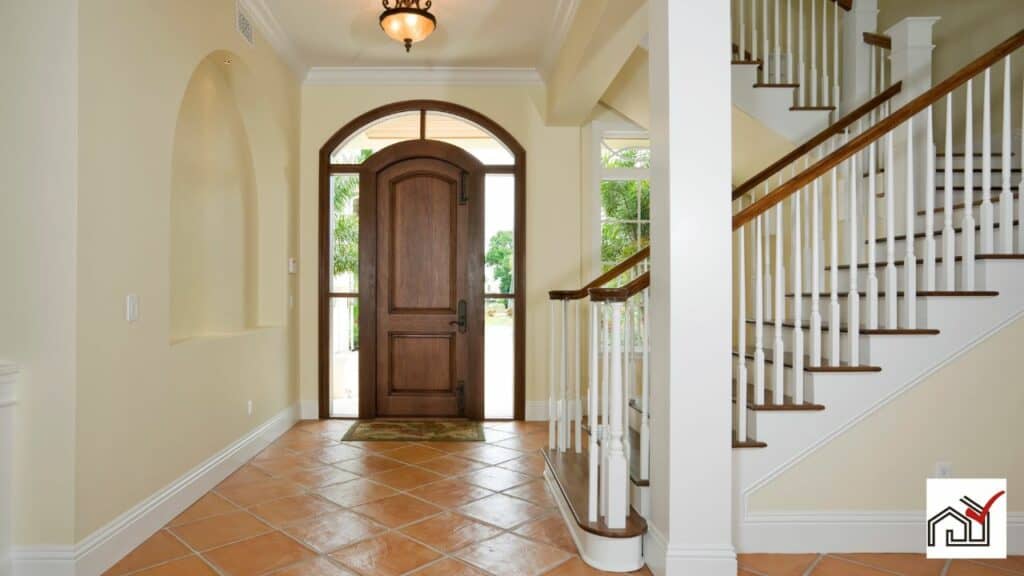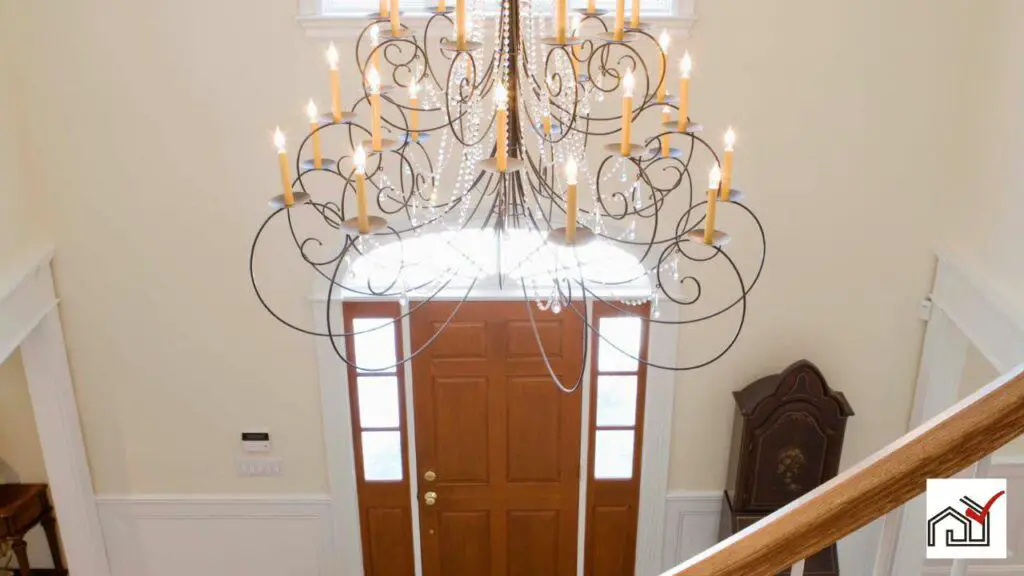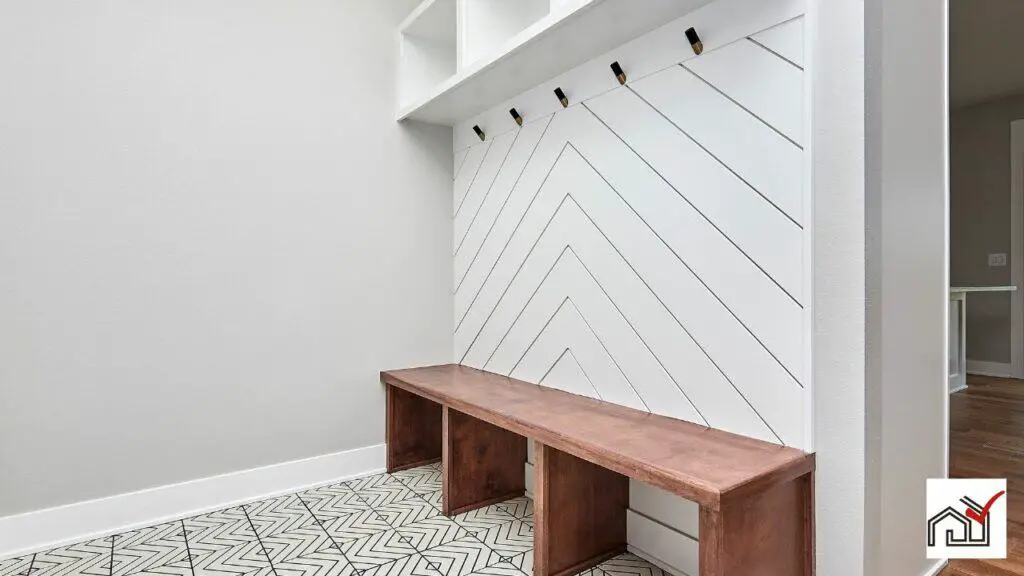Hall trees are furniture pieces designed to organize coats and accessories. The appropriate height for a hall tree typically ranges from 72 to 84 inches. This height range suits various garment lengths and provides easy access.
When choosing a hall tree, consider the length of items to be hung and the ceiling height of the room to ensure the hall tree fits well and remains functional.
Understanding Hall Tree Functions
A hall tree is a multifunctional furniture item commonly placed in home entryways. It combines coat hooks, a bench, and sometimes an umbrella stand. The coat hooks are positioned high enough to hang items such as coats and hats easily, with the hall tree standing between 6 and 7 feet tall. This height allows long coats to hang without reaching the floor.
Beneath the coat hooks, there is a bench designed for sitting while removing shoes, which can be stored under the bench. The bench may also feature hidden storage for less frequently used items.
Additional storage solutions like shelves and hooks are available on the hall tree for small items like gloves and keys. An umbrella stand can be part of the hall tree to hold wet umbrellas and prevent water from dripping onto the floor.
The height of a hall tree should balance its functionality with the user's ease of use and the dimensions of the space. Hall trees range from simple coat racks to complex units with multiple storage features, all intended to keep entryways tidy and visually appealing.
Ideal Hall Tree Dimensions
Ideal hall tree height typically ranges from 6 to 7 feet, allowing for the hanging of coats and accessories without touching the ground, thus keeping them clean. This height also ensures the furniture fits well within the room's vertical space.
A depth of 1 to 1.5 feet for a hall tree is recommended to provide enough storage while not hindering movement in the entryway or making the space look crowded.
The suggested width for a hall tree is between 2 to 3 feet. This allows for adequate space for hooks and possibly a bench, without dominating the entryway. Features like cubbies or a tall cupboard may increase the width, but it's important to consider the entryway's size to maintain balance.
Assessing Your Available Space
Before buying a hall tree, measure your entryway to ensure it fits. It's crucial to choose a size appropriate for your space; a large hall tree can crowd a small area, while a small one might not provide enough storage. For larger spaces like mud rooms or halls, you can opt for a hall tree with more storage and seating. In smaller spaces, prioritize a hall tree that fits well without taking up too much room.
To assess your space, measure the height, width, and depth of where you'll place the hall tree. Make sure it doesn't obstruct traffic or doors. For smaller, modern halls, a streamlined hall tree with a reduced size may be best. Look for features like coat hooks, shelves, and a bench that can double as storage.
Make sure there's clearance around the hall tree for both looks and function. In narrow areas, a hall tree with less depth that still offers storage can be effective. Even if you choose a shelf rack hall tree that's less deep, make sure there's enough space to hang items and use the bench or storage without hassle.
Hall Tree Design Variations
Hall tree designs vary to suit different tastes and needs. Traditional wooden hall trees often have a classic look, with detailed woodwork, mirrors, and sometimes seats. They are favored for adding elegance to an entryway.
Modern hall trees with storage are popular for combining seating with organizational features like benches and cubbies. These are useful in mudrooms for storing outdoor items.
Metal frame hall trees have a contemporary style with simple lines and can be more durable and lighter than wood versions. They fit well with minimalist decor and usually have a bench and multiple hooks for hanging items.
Space-saving hall tree designs, such as corner units or wall-mounted options, are ideal for small spaces or apartments. Hall trees function as versatile furniture that organizes and enhances the entryway of a home.
Placement Considerations
To determine the best location for a hall tree, consider both its function and its fit within the home's decor. A hall tree is meant for hanging coats and storing outdoor wear. Ideally, it should be placed near the front or back door for convenient access to outerwear. This placement also allows guests to easily see where to hang their coats and residents to grab items quickly when leaving the house.
In smaller homes or where the front door opens into a living space, a corner placement can save floor space and maintain the hall tree's functionality. If the hall tree includes a bench, it can also serve as seating for removing shoes.
Ensure the hall tree does not block natural walkways to prevent disruption to the flow of movement. Its location should strike a balance between accessibility and aesthetic harmony with the home's design.





